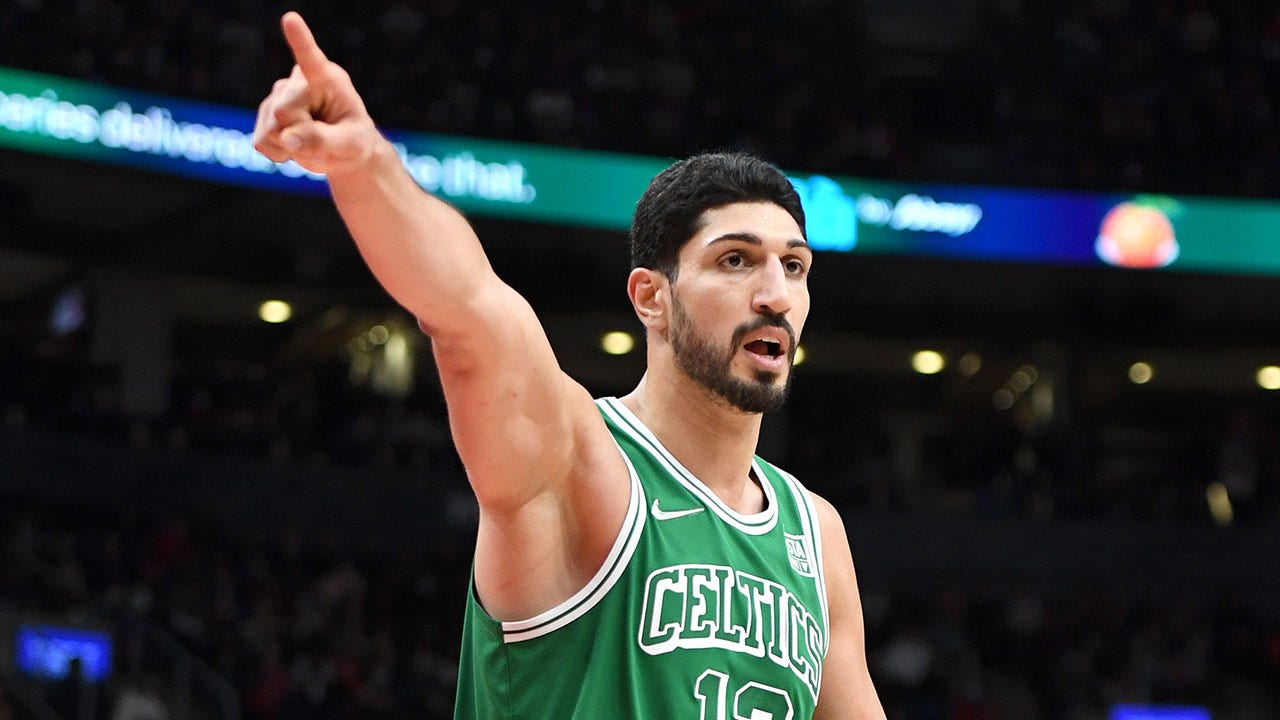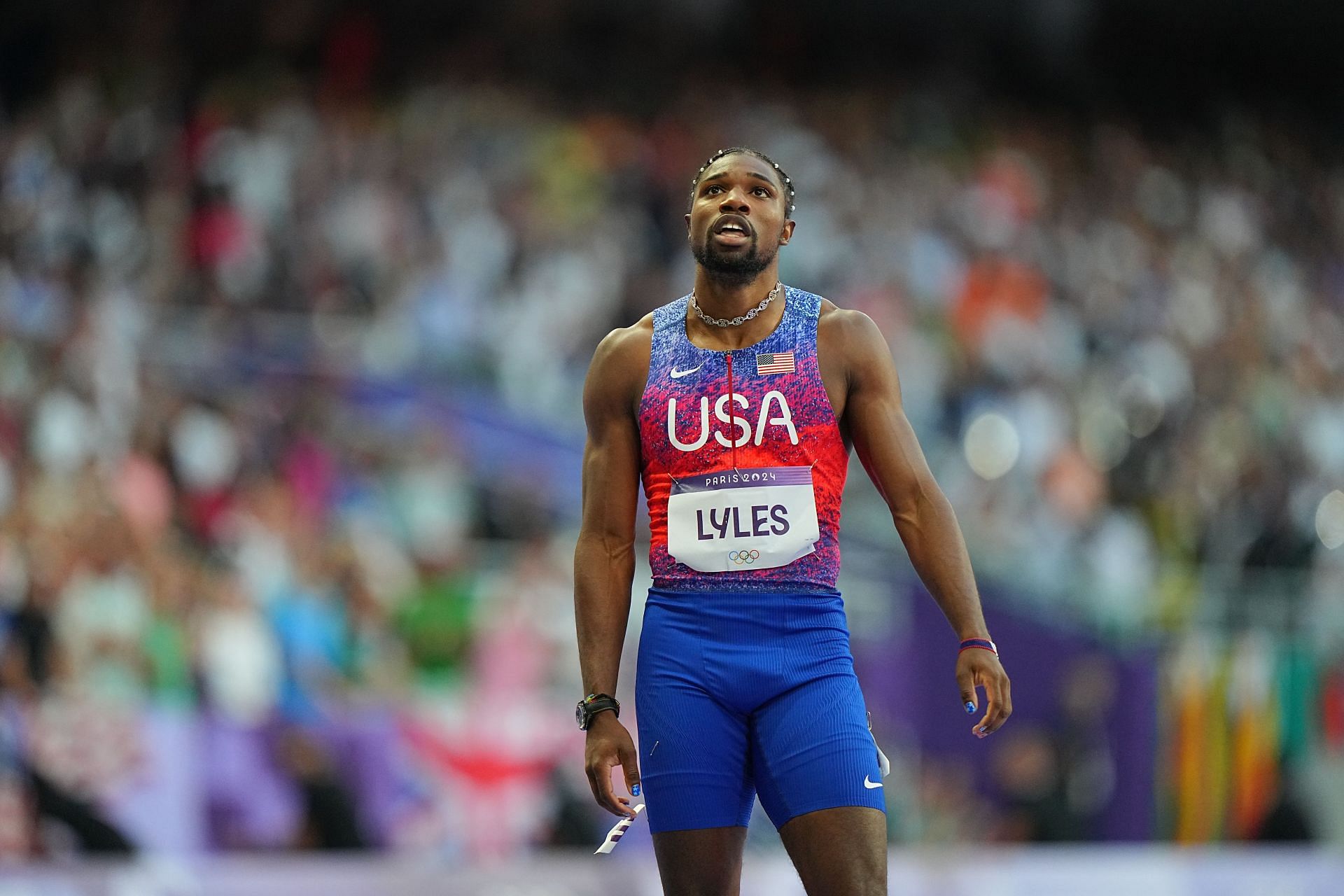Wat Misaka: the Japanese American star who broke the NBA’s color barrier

On 24 March 1947, Wataru “Wat” Misaka, a Japanese American walk-on with the University of Utah men’s basketball team, held one of the nation’s best players, Kentucky’s Ralph Beard, to a single point during the NIT championship at Madison Square Garden. Thanks to that performance, Misaka’s team won the tournament 49-45, cementing the 5ft 7in guard’s folk hero status, both in his home state and in the Big Apple. But that wasn’t even the most significant basketball accomplishment on Misaka’s lengthy resume that year. Just a few months later on 1 July, after seeing the talent he displayed at the NIT, Misaka was drafted by the New York Knicks into the fledgling NBA, then known as the BAA. In the process, he broke the NBA’s color barrier the same year that Jackie Robinson did so in Major League Baseball – an achievement Misaka had never strived for (there were other pro leagues in the US at the time, including the PBL, which employed players of color, such as William “Dolly” King).
“That was never something that he aspired to,” says Nancy Misaka of her father’s ambitions. “He never said, ‘Oh, I want to be the first whatever.’ He just enjoyed playing. He wanted to play with friends. I would say it was the team relationships that meant more to him than any kind of accomplishment.”
Misaka himself agreed: “I don’t think anyone, especially me, even compared that with what Robinson had done,” he told NPR in 2012. “I never did think of myself as being a pioneer of any sort.”
Born in Ogden, Utah, on 21 December 1923, Misaka grew up in a poor area of town, the son of Japanese immigrants. His family lived in the basement of his parents’ barbershop, and he played basketball and other sports in an alley behind their home. Despite the discrimination he experienced – he was not allowed in many of the town’s restaurants – Misaka was modest, humble and an exceptionally talented athlete.
“He was very gifted,” says Nancy, who grew up a ballet dancer before becoming an engineer, like her father. “He played baseball and he did track. He created his own little high-jump bar in the back alley. He played tennis, he played football. He was the quarterback on his junior high team. But he broke his collar bone and I think at that point, he decided he was going to do something else.”
Misaka’s list of achievements is long. He won a state championship in basketball at Ogden High in 1940 and two conference championships at Weber State Junior College in 1942 and 1943. But it was in 1944 when things really began to take off. That year, after earning a spot on the University of Utah men’s team, his squad played Dartmouth in the NCAA championship game at MSG. Prior to that, his team had accepted an invitation to the NIT and played Kentucky but lost in the first round. But when the University of Arkansas had to bow out of the NCAAs after an accident, Utah got an invite and took the chance all the way to the finals, where they beat the Ivy League school 42-40 in overtime. Two nights later, Utah played the NIT champs, St John’s, in an exhibition game and won that, too. The legend of Misaka, a fan favorite for his hustle and background, ballooned.
Misaka was a defensive specialist in college. Often the quickest player on the court, he would steal the ball and drive coast-to-coast to set up teammates. But Misaka could score, too. This year, much was made of a left-handed hook-shot by Dallas guard Kyrie Irving to beat the Denver Nuggets. Amazingly, though, Misaka had that in his arsenal 77 years ago.
Those skills didn’t spare him from prejudice, and he endured racism and slurs during his college career. Yet many people extended friendship to her father, says Nancy. “One thing that’s important about his story,” she says, “is that he was fortunate to have people who were willing to give him a chance to play.”
Misaka’s college career was interrupted by the second world war, where he served as a staff sergeant in US Intelligence. His parents had emigrated to the US from Hiroshima, and he was sent to the city to interview survivors of the atomic bomb. “The stories that you hear from a lot of the Japanese American veterans,” says Nancy, “was that they’re fighting for their country, fighting to show their loyalty.”
Misake spoke about the experience to the University of Utah’s magazine in 2010. “I was a man without a country,” Misaka said. “To the Japanese, I was an invader. Americans didn’t trust me because I was Japanese.” He also tracked down his uncle while in Hiroshima and found the family home had been protected from the atomic explosion by a hill.
After his stint in the military, Misaka came back to the University of Utah where he made the basketball team again. It was during the 1947 season that Misaka and Utah returned to New York City and MSG to play in the prestigious NIT, winning the tournament against Beard and his Kentucky team, 49-45. All of a sudden, Misaka, the zippy defender on the Cinderella squad was a Big Apple legend. A few months later, the Knicks selected him in the seventh round of the draft with the 61st overall pick. (It would be three years later in 1950 when the first Black players – Earl Lloyd, Chuck Cooper and Nat “Sweetwater” Clifton – entered the NBA.)
But his NBA career was short. Misaka played just three games with the Knicks, totaling seven points during the 1947-48 season. The Knicks had a number of solid guards on the team and, thus, little room for Misaka to enter the rotation. At least, that’s what he was told when he was cut. Looking back decades later, he said that he wonders what might have happened had he not demurred and instead put up a fight with management. But he’d always been taught to do what he was told.
after newsletter promotion
In the end, though, the length of his tenure with the team didn’t matter, he was already a hero to thousands of his fans. During the second world war, more than 120,000 Japanese Americans had been forcibly uprooted from their homes and taken to desolate internment camps around the United States, including in Misaka’s home state of Utah. And it was in those camps where his name grew large and people who shared his history swelled with pride at his accomplishments.
After he left the Knicks, Misaka took a train home to Utah. But he stopped off in Chicago to visit his friend, Abe Saperstein, owner of the Harlem Globetrotters, who offered him a spot on the team. After some thought, Misaka declined and headed back to Utah to continue his studies and reunite with his girlfriend, Katie Inoway, whom he later married. Today, Misaka remains one of the shortest players ever to play in the NBA, along with the likes of Muggsy Bogues and Spud Webb. But his athletic career almost ended before it had begun. His father died in 1938 while Misaka was still a teenager and his mother considered moving the family to Japan. The 15-year-old Misaka said she and his younger siblings could go back, but he was staying put. “So, they decided to stay,” Nancy says. “[Can you imagine] if they made a different decision and moved back to Japan, how different his life would have been?”
Back in Utah after the end of his NBA career, Misaka finished his degree and began his life as a mechanical engineer. Later in life, he enjoyed bowling and golf (and was a standout at both), as well as spending time with friends and good food. “He loved Japanese food,” Nancy says. “He always talked about the food his mom would make. He loved ice cream. He’d say, ‘Food always tastes better when you’re with people you like.’”
He first retired at 55 but he kept working in one capacity or another until he was 91. He kept up with basketball too: he had season tickets to University of Utah basketball games, and occasionally, he’d attend Utah Jazz games in Salt Lake City, too.
Misaka died on 21 November 2019, at the age of 95, survived by his son, Hank, and Nancy. But not before amassing a lengthy list of accolades, from his wins on the court, to a shout out from Barack Obama in 2009, to an induction in the Utah Sports Hall of Fame in 1999. His life has been the subject of books and documentaries such as Transcending: The Wat Misaka Story. And he did it all his way. He didn’t seek the spotlight, Nancy says, he just wanted to play with his teammates and win, if he could, in the process.
“His accomplishments are really an illustration of the person he was,” Nancy says. “He was very genuine, it’s how he lived his whole life. Whatever you do, you work hard to do it as well as you can. I think that’s why he excelled at the things he did. Personal or individual recognition was really not the goal. Being a contributing member of a team and the relationships he formed is what brought him the greatest and longest-lasting joy.”
Related
Enes Kanter Freedom sounds alarm on China’s ‘war’ warning: ‘Wake…
Former NBA player Enes Kanter Freedom warned the U.S. on Wednesday after China vowed to "fight till the end" against President Donald Trump’s tariffs.The Chi
The Athletic’s women’s college basketball All-America team
(Correction: An earlier version of this article included an incorrect order on our All-America teams. Paige Bueckers is a member of The Athletic’s All-America
“It was American NBA players”- Noah Lyles opens up about…
Noah Lyles opened up about receiving backlash after his comments about NBA Champions. The Olympic gold medalist revealed that the NBA players, who
NBA and NBA G League Player Ambassadors urge fans to…
American Heart Association and NBA/G League players team up to boost CPR readiness during American Heart Month













